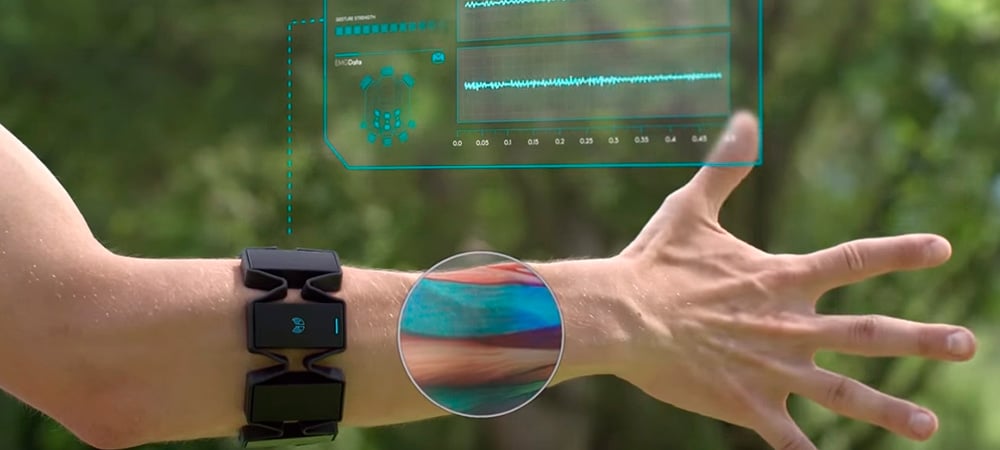The Myo bracelets hit the market a few years ago as a solution to control by gestures for all kinds of devices, whether they were computer programs and use their sensors to create a way to control video games.
However, these same bracelets Myo are giving much play in the field of medicine. A few weeks ago we saw how researchers Physics Laboratory Johns Hopkins had managed to integrate a prosthetic arm directly into the bone of a patient, being controlled by the muscle impulses that recognizes the Myo. And the latest application of Myo bracelets is even more extraordinary as it can convert gestures of sign language into text and audio.
A “translator” of sign language
The last product application of Myo can be very useful to improve communication with people who do not know sign language. From the University of Arizona they are holding the Sceptre project with which they have managed to convert sign language into text by detecting the movement of the arms.
To this end two bracelets Myo were used, one in each arm, so that the sensors measure the inertia and muscle impulses recognizing even the movement of the fingers.
With training and developing a dedicated software that interprets the data, they have succeeded in identifying many gestures. In the following video you can see how different words are appearing in a few seconds on the screen.
For now it is a slow process, but it is completely wireless (Bluetooth), so in more advanced stages of the investigation claim that communication and real-time translation is achieved.
The challenge is also to show the text on mobile devices, which would greatly facilitate communication between people and if audio is passed automatically. It remains to be done, but it is a breakthrough. All details in MIT Technology Review.

